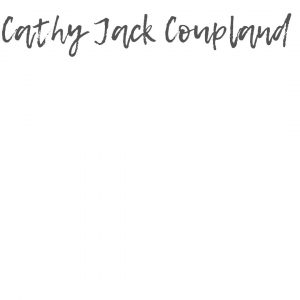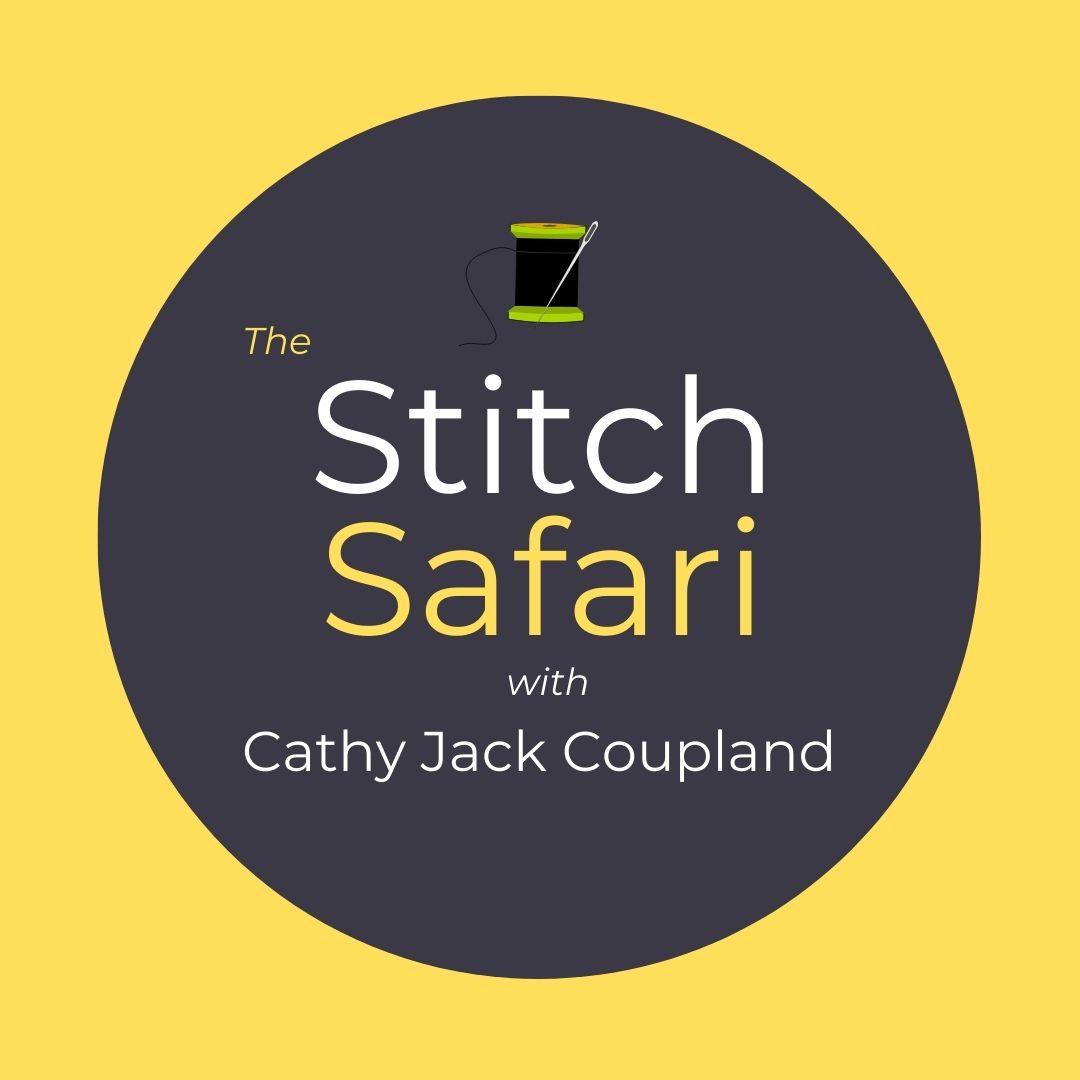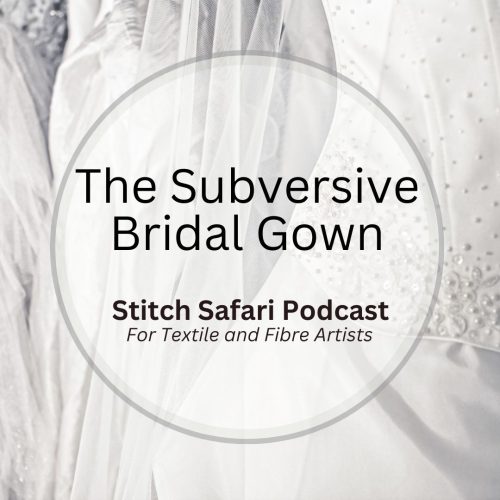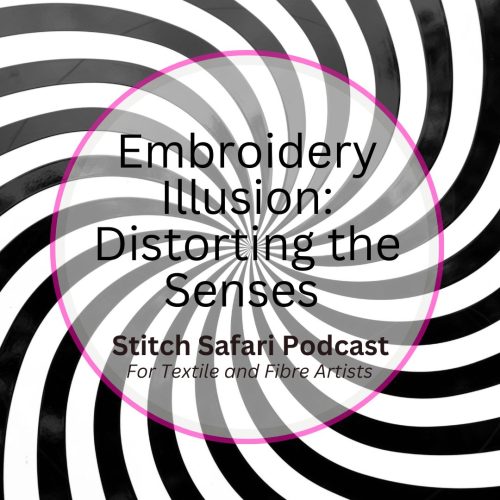Can I encourage embroidery and textile artists to at least think about starting a blog? Let’s see.
The worlds of embroidery and textiles must be two of the most exotic, artistic, expressive and creative genres known to man – imagine all that amazing history, colour, technique and application.
It’s storytelling on a larger-than-life scale, so if you already have a website, why not start a blog?
It’s an easy way to connect, record what you do, share your knowledge, write reviews, put forward opinions, research history, and offer substance, expertise and experience – with minimal effort.
It makes sense to write about it because there are so many benefits.
Yes, you have to be organised, and yes you have to spend time every week writing and editing content – but you can be the winner here too.
It’s not only about your audience – writing a blog is very much about honing our writing and observational skills focussing on ourselves and our experiences, but at the same time we’re also becoming more articulate about our work.
So look at it as a win-win for you and your audience, so ‘Why not start a blog?’
And the thing is, I believe there are so many wonderful, untold stories out there. I know creative, artistic people who should be writing about themselves and what they do because it’s amazing – but sadly, they don’t.
I encourage all of you to work at your laptops and begin writing – to share a little of yourselves with others so we can all tap into this diversity of creativity and promote the beautiful world of stitch, embroidery and textiles we inhabit.
It should be noted that this post is aimed towards artists like me, people who are passionate about what they do – not professional bloggers.
You might be lucky and hit the jackpot with sponsors, but this is about connecting with a community and showing another side of yourself and your work that others might not get a chance to see.
I often receive feedback from people who either feel or think the same way I do, so we’re consolidating ideas, or we begin a conversation because people disagree with what I’ve written and offer another way of thinking – it helps support that network of understanding ourselves as artists and creators, and how different we can all be.
Just be careful because there’s a lot of information about how to start a blog, what to write, how to write it, the order in which it has to be written, and the time of day you should write and post.
I’m giving you an overview of what I do – and you can take things a lot further if you want to.
My advice is to keep it simple so that you can continue writing and posting and enjoying the whole process because it can be enjoyable for you and your readers.
So, if you already have a website, why not add a blog?
Let’s start at the very beginning, what is a blog?
It’s an informational website of discrete, often informal diary-style text entries. Posts are typically displayed in reverse chronological order so that the most recent post appears at the top of the web page.
Now you need a name.
You could use your name, or you could come up with something super interesting and unique and there are loads of ways to do that – alliteration, use a thesaurus or dictionary, or a portmanteau made from several different words – it doesn’t matter.
I suggest you go with your instincts here.
My website is called Live, Love, Stitch – the words are overlaid on a banner image of a piece of my work taken back-lit so the stitching shows through – it reflects me and my passion for stitch. My blog is simply a tab on my home page.
To create the banner image and add images to my blog posts and social media, I use Canva. This free-to-use online graphic design tool creates social media posts, presentations, posters, videos, logos and more.
I also use Pic Tap Go a simple photo editor for iPhones and iPads to edit and crop my images into a 1 to 1 ratio, or a square format, before I import them into Canva.
Next is content and content is huge – being organised helps enormously.
Plus sometimes ideas pop into your head out of the blue, or an event or conversation will prompt yet another idea, so don’t ignore serendipity when it knocks at your door and have something handy to jot things down while they’re still fresh in your mind.
But, to help get you started, here are some topic ideas for blog posts
- Routine – what works for you and what doesn’t
- Motivation – how do you motivate yourself to work
- Planning – how do you plan for the day, week, month and year
- Tools – what are your favourite tools and why
- Time – how do you organise your time
- Books, new books, old books, book reviews
- Share some life lessons
- Inspirational quotes
- What you do in a day
- Short Tutorials – on technique or design
- Inspiration – where do you find it
- Design – how do you like to design
- Tips and tricks of working
- Top 10 favourite websites
- Top 10 favourite YouTube channels
- Favourite suppliers
- Photography for embroidery and design
- Problem-solving – how you do it
- Opinion pieces
- What’s your process
- Workrooms or studios – give a written tour
- Working in a series
- Work in progress as a series of blog posts
So you have an idea – what’s next?
Begin writing. I might have a topic heading or I might not – or if I do it usually changes.
The topic heading will make itself obvious as you write – as will the excerpt – the small descriptive sentence about your blog. Most often the excerpt comes from the end of my blog posts, but it’s up to you.
Sometimes writing a flowchart of words or phrases in order of how you’d like to present them, helps.
Think of writing just as you would a recipe.
You gather all your ingredients to create something delicious.
It’s a means of assembling all the ideas you want to include in the order you’ll use them – all you need to do is expand those ideas into interesting passages of words.
Another thing is rhythm. Don’t make all your sentences the same length – make some short and to the point, while others can be longer and more descriptive. Use a thesaurus to choose interesting words or find the best word to describe your concept.
Research other bloggers and how they write – eventually your style will come through, but it takes time.
And one of the most important things to do in a blog post is edit.
Yes, they tell you to do this and that, but no one tells you to edit and re-edit – and I think this is the true secret to a good blog post – getting rid of erroneous words and sentences so that the true gist of your message is presented loud and clear.
There’s a beginning, a middle and an end – just like they taught us in school – keeping it that simple helps enormously.
Images add instant interest and links are informative, so why not add them?
Add some amazing quotes from equally amazing artists – I find quotes inspiring and powerful, so don’t hesitate to use them. Ensure you acknowledge the author.
Try to add something to each blog post – it may be as simple as a link to Pinterest boards, other websites or images that support the topic.
That means you need to be taking images – and I think we often forget to take work-in-progress images – people love to see the process from initial inspiration, through the design process to the techniques you’ve used to create your concept – there’s a series of blog posts right there.
I also include mistakes and how I resolved them – and I think that’s interesting.
I use Canva to create the set image that heads my blog post and is visible on my website – I also use this image on both Facebook and Instagram to promote the post.
If this sounds too hard, I suggest you hire the services of a tech support person to help you set things up.
Just ensure they teach you how to work the back end of your website so you know how to add a new blog post, images and links.
One of the best things I did was to add marketing automation at the end of each blog post so anyone interested can receive my blog directly into their inbox by signing up. I had to ask for help because this was way past my tech skills.
Now it’s set up, I add the shortcode after my signature on each post.
And that’s another thing to think about – how to finish. I used my name in a fancy font and pretty colour – and I’m still happy with it after all this time.
Lastly, I preview the entire blog post before pressing that publish button – because you’d be amazed how many errors I still pick up.
Hit that publish button, so it goes out to everyone on your email list, post it on Facebook and Instagram and the job is done.
The gratification comes from the conversations I’ve had with like-minded people, the connections I’ve made and the pleasure we all have in sharing what we do.
And that’s the important thing. Respond to everyone, always.
Another thing to remember is consistency.
If you decide to start a blog be consistent.
I write a weekly blog – and I do try to have at least one written up my sleeve in case other commitments come along because it takes away the pressure.
If you’re away travelling you can forward post your blog while you’re away – it takes moments to do and maintains that consistency people come to rely on.
Over time, you’ll probably create systems to help organise your blogging – just set them up to suit you and how you like to work.
Simplicity is key here, as well as offering people a little bit of the person behind the art.
So out of almost nothing – you’re value-adding to your website, promoting what you do and the wonderful world you work in.
To blog or not to blog? Why not just go for it?
And if you do start a blog, let us all know about it.

All views and opinions expressed are my own, except where acknowledged information is included from other sources.




